
The AIgorythm project

Playwright and actor
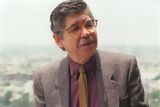
Novelist

Writer and poet

Volleyball player

Italian-Peruvian naturalist and geographer

Singer and percussionist

Last Inca emperor

Politician, former prime Minister

Journalist and TV host
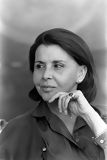
Poet

Inca warrior
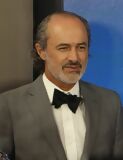
Actor and comedian

Biophysicist

Poet

Doctor and researcher
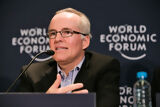
Businessman, Interbank group

Journalist and writer

Poet and writer

Singer and songwriter
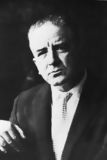
Writer

Film director, Berlin Golden Bear winner

Football player
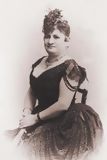
Writer and journalist
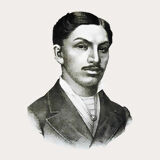
Doctor and scientist

Photograph

Chess player

Industrialist

Former general

Specialist in public health

Actress and singer

Afro-Peruvian music singer

Mathematician and engineer

Indigenous chronicler

Neurologist and anthropologist

Painter

Football player
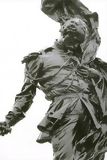
National hero, military leader

Intellectual and reformer

Chef and entrepreneur

Fashion designer

Singer-songwriter

TV presenter

Marathon runner

Indigenous Peruvian chronicler

Theologian

Former national team captain

Economist and former health minister

Inca princess

Writer and television host

Folk musician

Poet and guerrilla
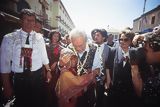
Former UN secretary-general

Chef, known for fusion cuisine

Football player

Peruvian aviation pioneer

Poet and artist
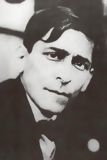
Marxist philosopher and writer

Industrialist and businessman
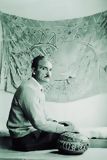
Novelist and ethnologist

Painter and muralist

Opera tenor

Fashion designer

Cardinal of Lima

Peruvian tennis player

Football coach

Leader of the indigenous rebellion
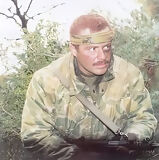
Military hero

Latin singer
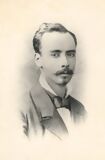
War of the Pacific hero

The youngest mother in history

Politician
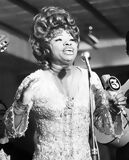
Creole music singer

Tennis player
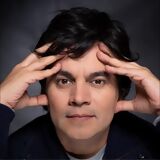
Musician

Writer and politician

Politician and founder of the Christian Democratic Party

Founder of Sodalitium Christianae Vitae

Archaeologist and anthropologist

Military leader and politician

Television host

Actress and singer

Contemporary sculptor

Women’s rights activist

Beauty queen

Astrophysicist

Heroine of independence

Mathematician and archaeologist

Historian and anthropologist
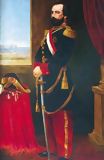
Military figure and historical figure

Fashion photographer

Writer, Nobel Prize in Literature, Politician

Revolutionary leader
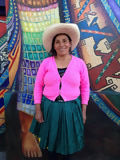
Environmental activist

Leader of the indigenous rebellion

Musician from Gaia band
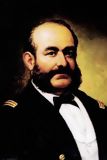
War hero
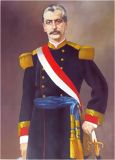
Military leader and politician

Chef, known for Nikkei cuisine

Volleyball coach and former player

Environmental activist

Television personality

Writer

Football player

Epidemiologist and former health Minister

Inventor and aerospace pioneer

Soldier and inventor
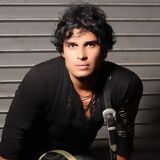
Rock singer

Chef and co-owner of Central restaurant

Painter

Football player

TV presenter and actress
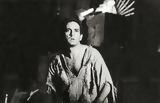
Actor

Writer and historian

Journalist and lawyer

Archaeologist, founder of Caral site
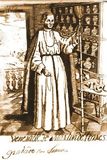
Monk and Saint
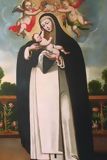
Saint, patron of Latin America

Physicist and engineer

World champion surfer

Actress

Oncologist

Singer, Latin Grammy winner

Former mayor of Lima

Singer

Actress

Former football player

Painter
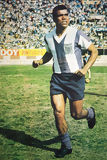
Former football player

Painter

Inca leader

Archbishop, saint
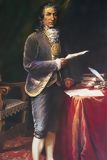
Leader of the indigenous rebellion

Revolutionary indigenous leader

Diplomat and intellectual

Sculptor and painter
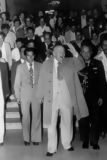
Political leader, founder of APRA

Lawyer and Former prime minister

Chef of Central restaurant
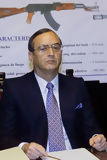
Former head of secret services

Popular singer

Fashion designer

Exotic music singer
Atahualpa, the last Inca emperor, was born around 1502 in the city of Quito, in what is now Ecuador, at a time when the Inca Empire was at its height. He was the son of Emperor Huayna Cápac and a princess from Quito, giving him a special status from birth. However, his life was marked by rivalry with his half-brother Huáscar, a conflict that led to a civil war that weakened the empire at the crucial moment of the arrival of the Spanish conquistadors.
Atahualpa grew up in the imperial Inca court, where he was educated in the arts of war, politics, and religion. As the son of Huayna Cápac, he was entitled to a portion of the vast Inca Empire, which at the time stretched from southern Colombia to central Chile. However, after Huayna Cápac's death, the empire was divided between his two sons: Atahualpa and his half-brother Huáscar. Atahualpa was given control of the northern region, with his seat in Quito, while Huáscar ruled from Cuzco, the empire's traditional capital.
The division of the empire quickly turned into a bitter dispute between the two brothers. Huáscar, who saw himself as the rightful heir, demanded full control of the empire and declared war on Atahualpa. What followed was a brutal civil war that lasted several years and devastated much of the Inca territory. Atahualpa, a skilled military commander, managed to defeat Huáscar's forces in several battles and eventually captured his brother in 1532, consolidating his control over the empire.
However, Atahualpa's victory came at a fateful moment. While the Inca Empire was weakened by the civil war, the Spanish conquistadors, led by Francisco Pizarro, had arrived on the coasts of what is now Peru. This encounter marked the beginning of the end for the most powerful empire in South America.
In November 1532, Atahualpa was in the city of Cajamarca, in northern Peru, celebrating his victory over Huáscar when Pizarro and his men arrived in Inca territory. Despite warnings about the presence of the foreigners, Atahualpa underestimated the power of the conquistadors. Confident in the superiority of his army, he agreed to meet Pizarro in Cajamarca, unaware that the Spanish were planning an ambush.
The meeting between Atahualpa and the Spanish was an unprecedented clash of cultures. The Spanish, with their advanced technology, horses, and firearms, managed to capture the Inca emperor in a bold and violent maneuver. Despite the overwhelming numerical superiority of the Incas, the element of surprise and panic allowed the Spanish to seize control of the situation. Atahualpa was taken prisoner, and his capture marked the beginning of the fall of the Inca Empire.
During his captivity, Atahualpa attempted to negotiate his release by offering the Spanish an unprecedented ransom. He promised to fill a room with gold up to the height of his hand and two more rooms with silver in exchange for his freedom. The Spanish agreed to the deal, and treasures began arriving from all over the empire, representing the vast wealth of the Incas. However, despite fulfilling his part of the bargain, the Spanish had no intention of releasing Atahualpa.
The gold and silver collected by the Incas only served to increase the greed of the conquistadors. Meanwhile, Atahualpa remained a prisoner, and tensions among the Spanish about what to do with him grew. Ultimately, Pizarro, fearing that Atahualpa might organize a counterattack or that his release would strengthen Inca resistance, decided to condemn him to death.
On July 26, 1533, Atahualpa was executed in the plaza of Cajamarca. Initially, the Spanish had planned to burn him at the stake, a punishment considered especially cruel by the Incas, who believed the body had to remain intact for the afterlife. However, after agreeing to convert to Christianity in his final moments, Atahualpa was executed by garrote, a form of strangulation considered less painful.
Atahualpa's death not only marked the end of his life but also the beginning of the end for the Inca Empire. Although Inca resistance continued for several more years, the empire never recovered from the capture and execution of its leader. The Spanish, aided by indigenous factions hostile to the Incas, succeeded in conquering and subjugating much of the Inca territory in the following years.
Despite his tragic end, Atahualpa remains a central figure in the history of Peru and Latin America. He represents the last great Inca emperor, the leader of a civilization destroyed by the ambition and greed of European conquerors. His life and death are seen as a symbol of indigenous resistance to colonization.
In popular memory, Atahualpa is remembered not only as a warrior but also as a leader who attempted to negotiate peace and save his people. His tragic fate, caught between two worlds, remains one of the most poignant stories in the pre-Columbian and colonial history of South America.
Atahualpa was a man of great intelligence, skill, and courage, but his life was marked by tragedy. He was the last emperor of a vast empire that fell into the hands of a small group of Spanish conquistadors, thanks to a combination of betrayal, advanced technology, and the disadvantage of an empire weakened by civil war. His story serves as a warning of how ambition and violence can destroy even the most powerful civilizations. Today, his figure remains a symbol of pride and resistance for the Peruvian people and the indigenous peoples of Latin America.